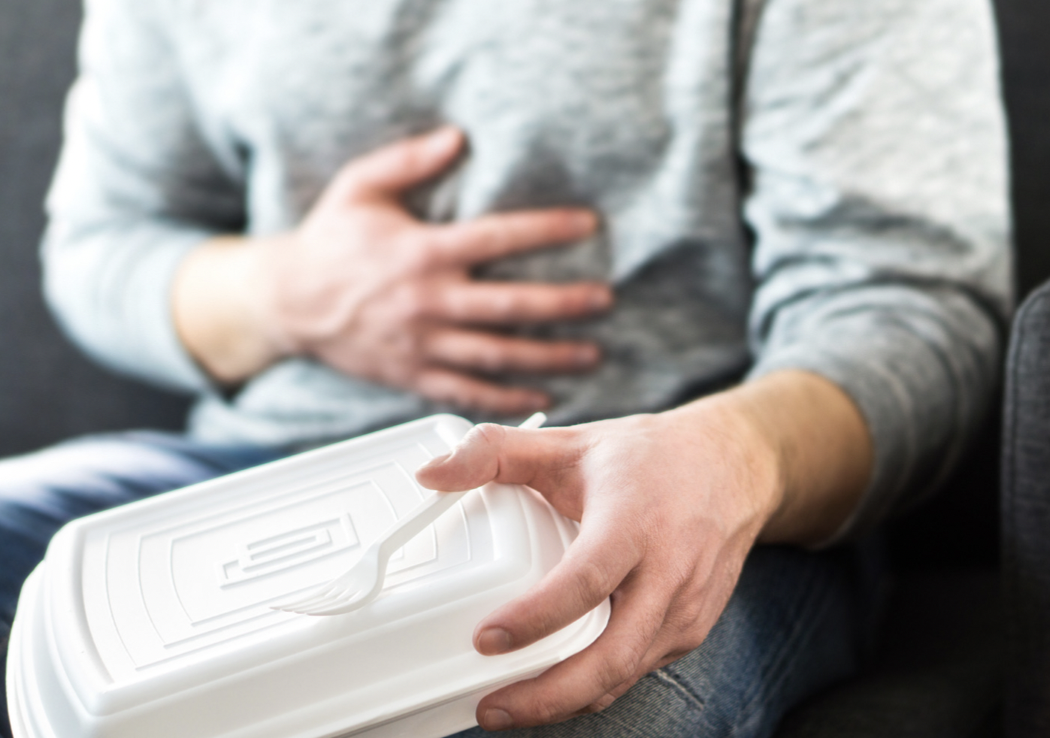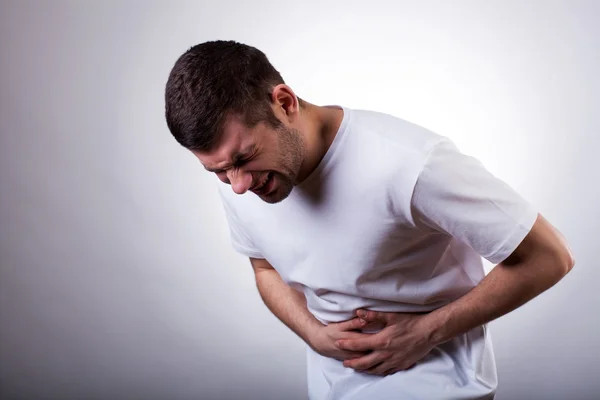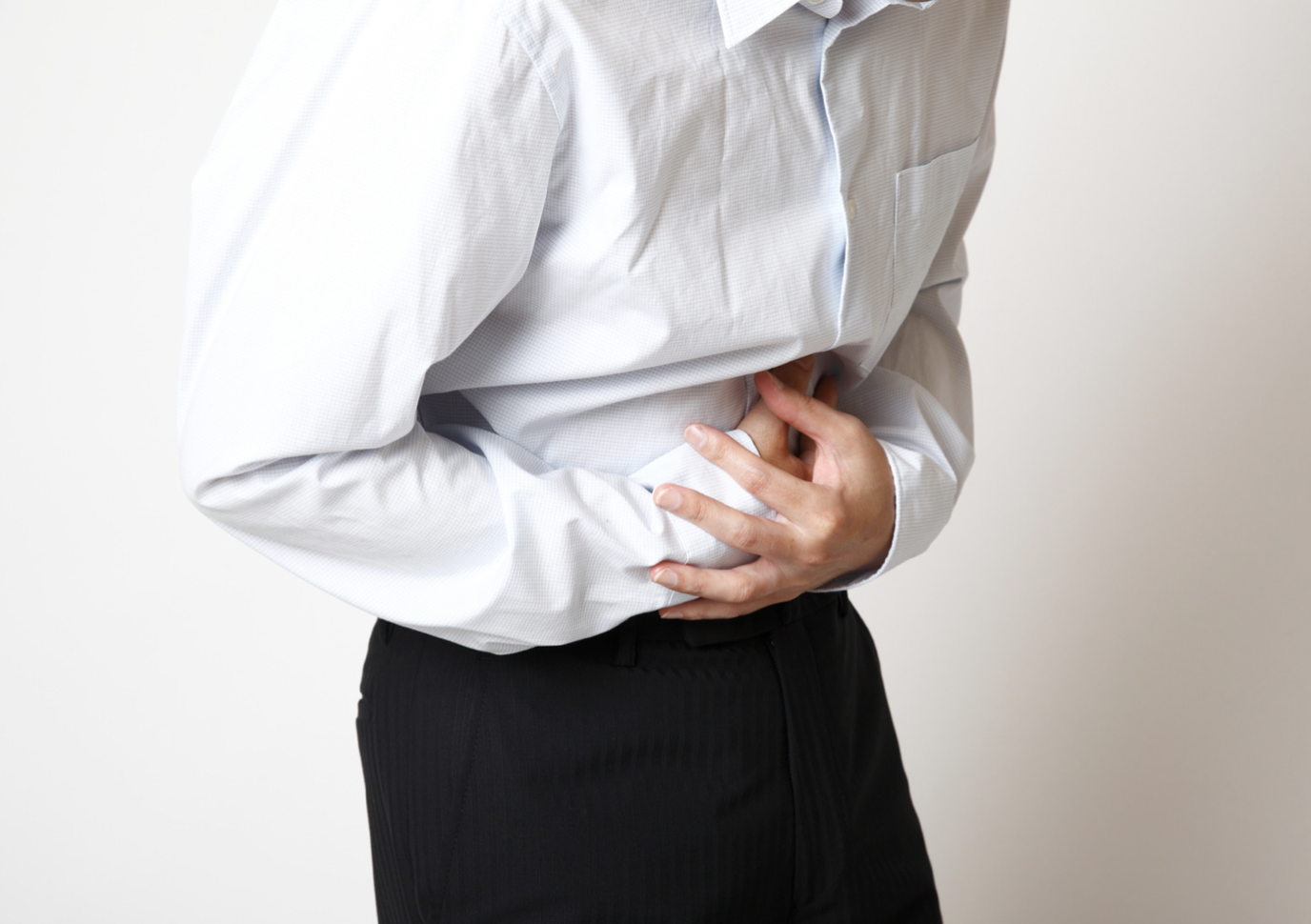Definition
Diarrhea is a condition characterized by loose and watery stools occurring three or more times a day.
There are three clinical types of diarrhea:
- Acute watery diarrhea: lasts several hours or days and includes cholera;
- Acute bloody diarrhea, also called dysentery
- Persistent diarrhea: lasts 14 days or longer
Symptoms
The main symptom of diarrhea is passing loose, watery stools three or more times a day.
People with diarrhea may also have one or more of the following symptoms:
- an urgent need to use the bathroom
- cramping
- loss of control over bowel movements
- nausea
- pain in the abdomen
People with diarrhea caused by some infections may also have one or more of the following symptoms:
- bloody stools
- fever and chills
- light-headedness and dizziness
- vomiting
Causes
Infection:
- Infections caused by a host of bacterial, viral, and parasitic organisms, most of which are spread by feces-contaminated water, can lead to diarrhea.
- Infections are more likely to occur when there is a lack of sufficient sanitation, hygiene, and clean water for drinking, cooking, and cleaning.
- Rotavirus and Escherichia coli are the two most common etiological agents of moderate-to-severe diarrhea in low-income countries. Other pathogens, such as cryptosporidium and Shigella species, may also be important.
Malnutrition:
- Children who die from diarrhea often suffer from underlying malnutrition, which makes them more vulnerable to diarrhea. Each diarrheal episode, in turn, makes their malnutrition even worse. Diarrhea is a leading cause of malnutrition in children under five years old.
Source:
- Water contaminated with human feces, for example, from sewage, septic tanks, and latrines, is of particular concern. Animal feces also contain microorganisms that can cause diarrhea.
Other:
- Diarrhea disease can also spread from person to person, aggravated by poor personal hygiene.
- When food is cooked or stored in unclean circumstances, it is another important cause of diarrhea. Another significant danger factor is improper handling and storage of domestic water.
- Fish and seafood from polluted waters may also contribute to the disease.
Diagnosis
Not every episode of diarrhea requires immediate evaluation by a doctor.
Doctors first ask questions about the person's symptoms and medical history. Doctors then do a physical examination. What they find during the history and physical examination often suggests a cause of diarrhea and the tests that may need to be done.
The physical examination begins with the doctor's evaluation of the person's fluid and hydration status. A full examination of the abdomen is done, as is a digital rectal examination to check for the presence of blood.
Diagnostic workup
The need for testing depends on what the doctor finds during the history and physical examination.
Your doctor may use the following tests to help find the cause of your diarrhea:
- Stool test
- This test can show the presence of blood, bacteria, or parasites, or signs of diseases and disorders.
- Blood tests
- These tests can identify metabolic issues such as thyroid disease, anemia, nutrient deficiencies indicating poor absorption, and celiac disease, among other conditions.
- Fasting tests
- These tests determine whether food intolerance and food allergy are causing diarrhea by assessing digestion difficulties and immune system reactions to specific foods.
- Endoscopy
- A doctor may use endoscopy to look inside your body to help find the cause of your diarrhea. Endoscopic procedures include:
- Colonoscopy
- Flexible sigmoidoscopy
- Upper gastrointestinal (GI) endoscopy
Treatment
Key measures to treat diarrhea include the following:
- Rehydration: with an oral rehydration salts (ORS) solution ORS is a mixture of clean water, salt, and sugar. It costs a few cents per treatment. ORS is absorbed in the small intestine and replaces the water and electrolytes lost in the feces.
- Zinc supplements: zinc supplements reduce the duration of a diarrhea episode by 25% and are associated with a 30% reduction in stool volume.
- Rehydration: with intravenous fluids in cases of severe dehydration or shock.
- Nutrient-rich foods: the vicious circle of malnutrition and diarrhea can be broken by continuing to give nutrient-rich foods, including breast milk, during an episode and by giving a nutritious diet, including exclusive breastfeeding for the first six months of life, to children when they are well.
- Consult a health professional, in particular for the management of persistent diarrhea, when there is blood in the stool, or if there are signs of dehydration.
Prevention
Key measures to prevent diarrhea include:
- access to safe drinking water;
- use of improved sanitation;
- hand washing with soap;
- exclusive breastfeeding for the first six months of life;
- good personal and food hygiene;
- health education about how infections spread; and
- rotavirus vaccination
Complications
Dehydration
Dehydration poses the most severe threat in cases of diarrhea. During a diarrheal episode, water and electrolytes (sodium, chloride, potassium, and bicarbonate) are lost through liquid stools, vomit, sweat, urine, and breathing. Dehydration occurs when these losses are not replaced.
The degree of dehydration is rated on a scale of three.
- Severe dehydration (at least two of the following signs):
- lethargy/unconsciousness
- sunken eyes
- unable to drink or drink poorly.
- Skin pinch goes back very slowly ( ≥2 seconds).
- Some dehydration (two or more of the following signs):
- restlessness, irritability
- sunken eyes
- drinks eagerly, thirsty
- No dehydration (not enough signs to classify it as some or severe dehydration).
When should I call my healthcare provider?
Contact your healthcare provider if:
- If you experience frequent episodes of diarrhea.
- If you have an increased frequency of diarrhea.
- If you experience symptoms of dehydration such as increased thirst, fatigue, dizziness, reduced urine output, or a dry mouth.
- If you experience diarrhea accompanied by rectal bleeding, black and tarry stools, a fever, or vomiting.
- dr Ayu Munawaroh, MKK
- Amin LZ. Tatalaksana Diare Akut. Cermin Dunia Kedokteran:42(7);2015.
- Kementerian Kesehatan RI. Hasil Utama RISKESDAS. 2018.
- Kementerian Kesehatan RI. Profil Kesehatan Indonesia. 2018.
- Sethi S, Higuera V. Causes of Diarrhea and Tips for Prevention (2019). Available from: https://www.healthline.com/health/diarrhea.
- Brennan D. Diarrhea (2019). Available from: https://www.webmd.com/digestive-disorders/digestive-diseases-diarrhea.
- Ikatan Dokter Anak Indonesia. Bagaimana Menangani Diare pada Anak (2014). Available from: https://www.idai.or.id/artikel/klinik/keluhan-anak/bagaimana-menangani-diare-pada-anak.
- Pusat Informasi Obat Nasional BPOM. Diare Akut. Available from: http://pionas.pom.go.id/ioni/bab-1-sistem-saluran-cerna-0/14-diare-akut.
- Indriyani DPR, Putra IGNS. Penanganan terkini diare pada anak: tinjauan pustaka. Intisari Sains Medis:11(2);2020. 928-32.












